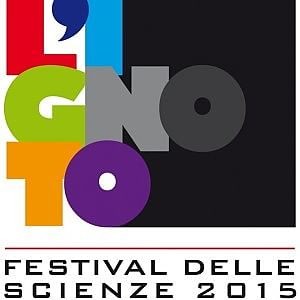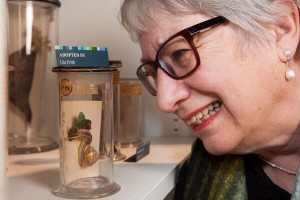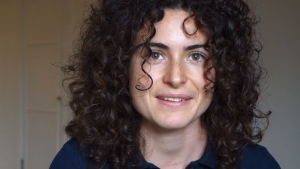“In order to make progress, one must leave the door to the unknown ajar – ajar only.”
“Per fare progressi, si deve tenere socchiusa la porta verso l’ignoto – socchiusa solamente.”
Richard Feynman
Co-directors Vittorio Bo & Jacopo Romoli: ” … this tenth edition of the Rome Science Festival aims to be a celebration of doubt, uncertainty and the unknown and the particular way to penetrate it known as the scientific method. The Festival programme is centred around questions involving physics, biology, psychology and linguistics: What is the relationship between uncertainty and indetermination? Between uncertainty and chance? What is hidden in black holes or in what we call dark matter or in the concept of infinity? How do we relate cognitively to uncertainty and the unknown and what language do we use to speak about them? How can we calculate uncertainty precisely? How do we use secrecy in politics?” The full program of the festival is here (Italian & English).



